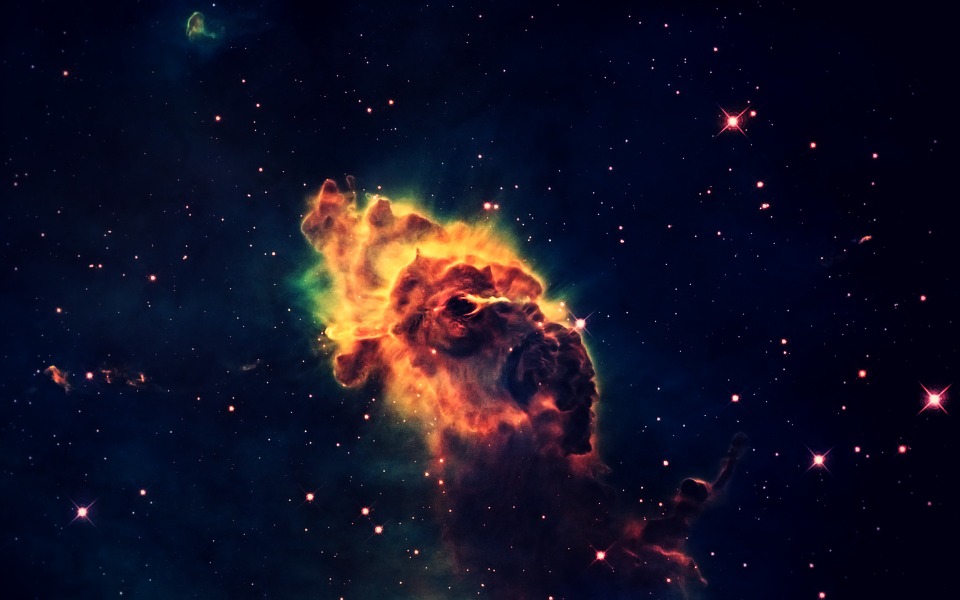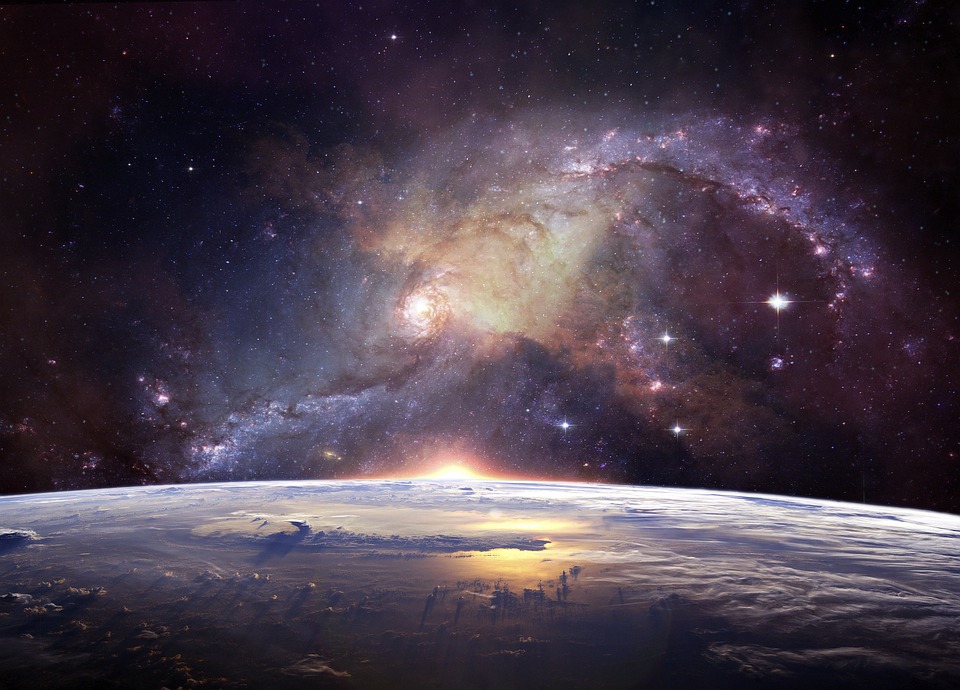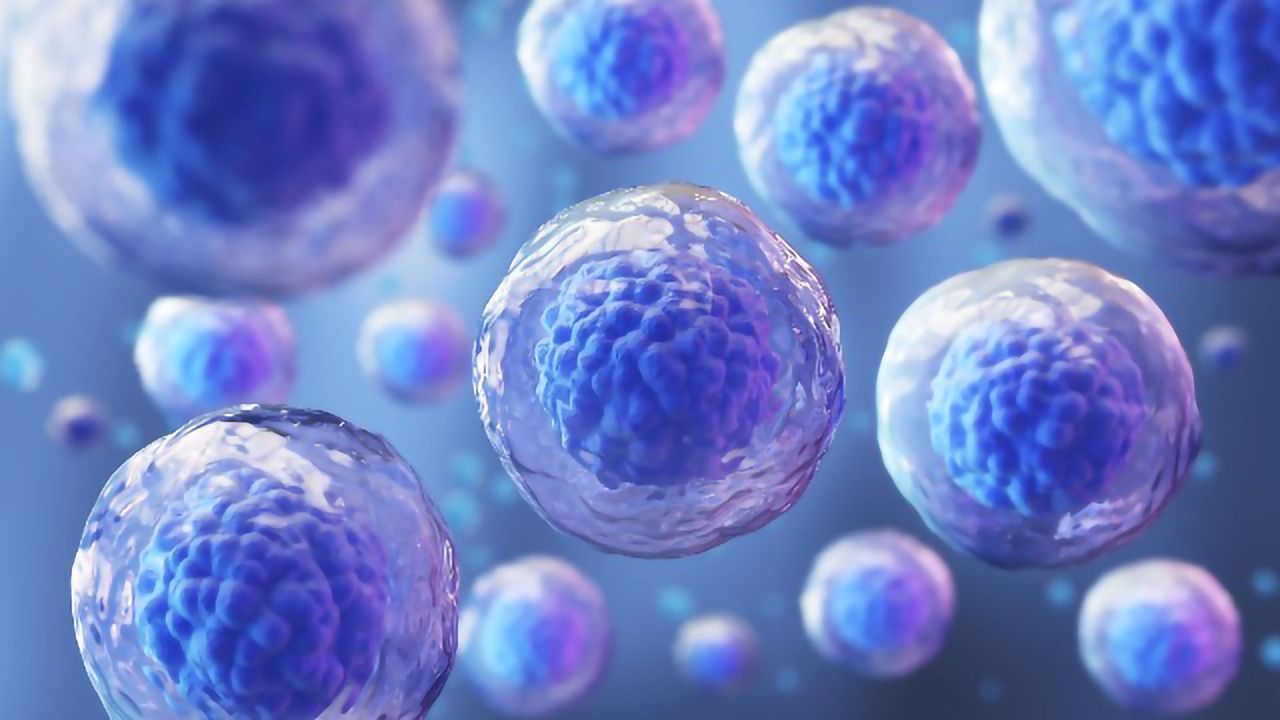
The Origin Of The Universe – The Big Bang And Steady-State Theories (Part 2)
Did the universe abruptly begin billions of years ago in an immense primal explosion, or has it always been in the process of creation, with no distinct beginning or end?
Several hypotheses have been offered over the course of history regarding our cosmic beginnings. Following the first article, we will go deeper into the subject.
The Big Bang And Steady-state Theories

The big bang theory is based on the observation that galaxies are distributed more or less uniformly throughout space, much as a cloud of particles. The physicist George Gamow has explained the expansion effect by an analogy with an inflating balloon. If one blows up a balloon that is uniformly covered with specks of paint, one sees all the specks move away from each other. If two specks, A and B, are at first one inch apart, while at the same time A and C are two inches apart, the distance AC is always twice the distance AB, because all lengths increase in the same proportion, speck C must cover twice the distance from speck A that speck B does in the same span of time. Thus, speed is proportional to distance, as in Hubble’s findings on galactic recession. The specks on the balloon, as the galaxies in space, remain uniformly distributed as expansion proceeds – no single speck or galaxy is the “center” of the expansion. An observer on any of the specks (like a man on Earth in the Milky Way) would have the impression that all of the other specks (galaxies) were moving away from him as the specks (galaxies) moved away from him. This sense of outward expansion shared by all observers has been dubbed the cosmological principle.
However, there was insufficient material available in 1948 to test the big-bang idea. Another idea, the steady-state theory, was advanced by Fred Hoyle and British astrophysicists, according to which the cosmos is not only uniform in space (cosmological principle), but also unchanged in time (perfect cosmological principle). As a result, the cosmological concept was expanded such that it was “perfect” or “complete” and was not influenced by individual historical occurrences. The steady-state idea is diametrically opposed to the big-bang theory. As galaxies distance from one another, space becomes increasingly empty in the later idea. According to the steady-state hypothesis, fresh matter is constantly generated in the gap between galaxies, allowing new galaxies to form to take the place of those that have receded. The new substance is thought to be hydrogen, which is the source of stars and galaxies.
Authorities are skeptical about the continuous generation of substance from seemingly empty space because it appears to break one of the fundamental rules of physics – the conservation of matter. Matter cannot be generated or destroyed; it can only be changed into other types of matter or energy. On the other hand, it would be impossible to explicitly refute continuous creation since, according to steady-state theory, the amount of matter generating is exceedingly slow – around one atom every billion years in a volume of space equivalent to that contained in an average television set!

In light of current astronomical investigations, the steady-state hypothesis in its original form has not fared well. Its main flaw appears to be its reliance on star and galaxy homogeneity. It would not be expected for the average features of local and distant galaxies to differ, yet discrepancies have been discovered, particularly by radio astronomers.There are significantly more feeble radio emissions than steady-state theorists projected. Such effects, on the other hand, can be explained by big-bang theory, which predicts that galaxies change over time. Because of the limited speed of light, we may observe different galaxies as they existed at various periods in the past, as I have already mentioned.
There’s so much more to learn and discover. If you want to know more, come back for part 3.
You May Also Like

Development of Vaccines
2021-08-23
The Ins and Outs of Stem Cell Harvesting
2022-03-04

